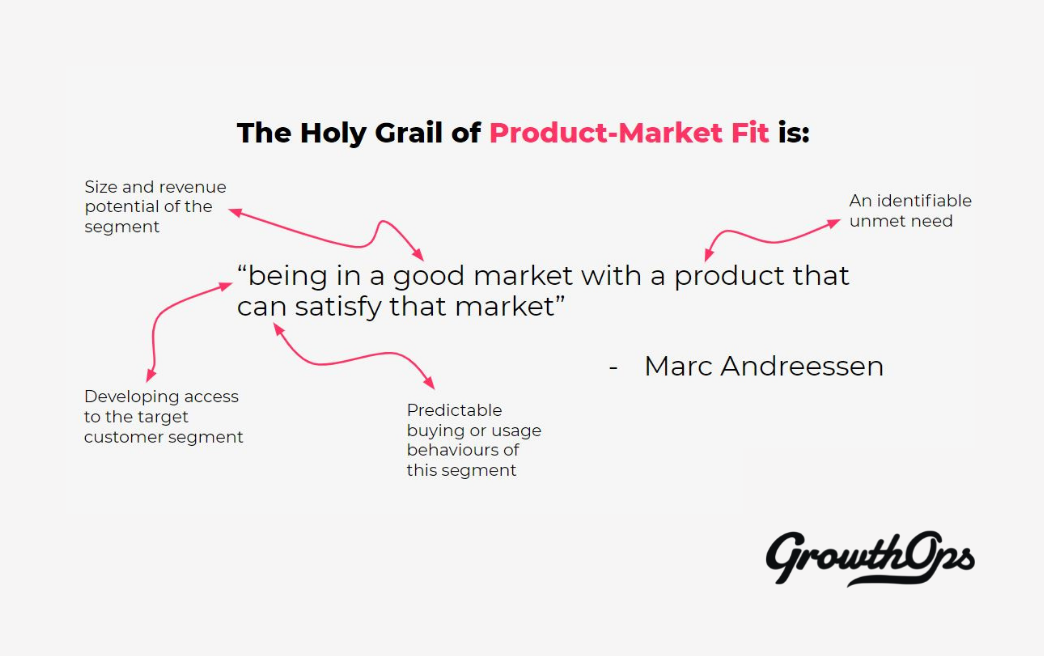Launching a digital product is no assurance of monetization; it’s literally only the beginning of establishing the product-market fit before achieving a sustainable business model. The pressure is on to reap the rewards of digital transformation, wherever you are on your journey to being digital-first. The growth opportunity from launching newly developed businesses, products and features, on multiple shared and owned channels is just too great. Newly acquired innovation capabilities add to the urgency for rapid launching and consumer acquisition.
However, churn remains the enemy, and the most mature businesses understand that retention is the shared responsibility of every division that impacts the customer journey. Poor retention is an indicator that you’re not sufficiently differentiated, or dont have the right value to the customer to keep them around. Rising CACs and disappointing retention metrics are an early indicator of this in your GTM phase.
Digital Marketing costs are rising, and efficiency is the way forward.
Compounding the issue is the inflation marketers are experiencing in the cost of customer acquisition (CACs), and the unpredictability of return on investment (ROI) with new launches. CMO’s who lead experimentation pre-launch can now be a source of dependable data. Greater clarity on ROI, and enhanced efficiency in CACs (from more effective GTM strategy) reduces budget trade-offs at the board level.
Product adoption is a steady process of improving product-market fit
Critical to improving the growth rates of new products is the nurturing of repeat usage of the product. The truth is that product adoption is a steady process of improving product-market fit through improving onboarding, experience and product benefits. This can be done via better engagement to counter dormancy, as well as strategies around creating faster time to the ‘Aha moment,’ otherwise known as habit formation and product adoption. At this point, customers experience continued and deep experience of benefits.
There is a need to get the Board and the CFO on-board.
CFOs think in terms of the ROI of marketing efforts and the proforma revenue estimates. CMOs are best placed to bring the customer insight data to a strategy conversation with the CFO, and bring clarity to the board around differentiation and relevance. Even more so, budgets for structured experimentation at scale can be woven into marketing and product budgets, with the justification of more predictability for projections.
At a fraction of the overall budget, experimentation insights can significantly de-risk product innovation and GTM strategy. This quality of business impact can raise the influence of the CMO in strategy discussions. This aligns the CFO and CMO in setting the KPI’s for what is “good enough” and brings more reliability to the CMO managing the weight of the expectations of being the company’s growth engine.
Read more about What factors prevent innovation from being implemented



